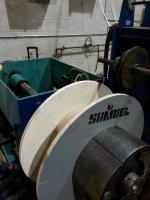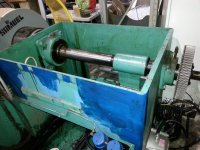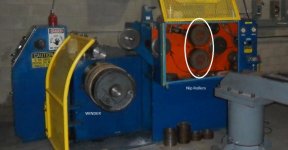OkiePC
Lifetime Supporting Member
Tell us more about your valve(s). Provide a hydraulic schematic. You hint that you have no way to reverse direction, but I am unclear. Post some pictures, if possible. You may be able to get "adequate" results, but I am not sure what the definition of adequate is in your application.
Is your winder center driven? Is there an input loop, festoon? More questions than answers at this point. I am sure we can help you more and the more detail you provide, the better the quality of the replies. You cannot post too many details. At least I am pretty sure I have never seen a thread with too many specifics included. Pictures are worth a thousand words and moving pictures are ten thousand words per frame...
Is your winder center driven? Is there an input loop, festoon? More questions than answers at this point. I am sure we can help you more and the more detail you provide, the better the quality of the replies. You cannot post too many details. At least I am pretty sure I have never seen a thread with too many specifics included. Pictures are worth a thousand words and moving pictures are ten thousand words per frame...








